SXSW Award Winner ‘What We Leave Behind’ Documents An Aging Man’s “Final Act”
- Oops!Something went wrong.Please try again later.
- Oops!Something went wrong.Please try again later.
- Oops!Something went wrong.Please try again later.

Some movie stars can hold the screen without saying a word, their faces etched with such character they arrest attention. From an earlier era, Robert Mitchum, William Holden and Jean Gabin come to mind.
Julián Moreno possesses that kind of face – deeply lined, with a gaze that at times feels engaged in the distance. He’s not an actor, but he does anchor a film: the documentary What We Leave Behind, directed by his granddaughter, Iliana Sosa. His mere presence on screen is enough to retain our interest, whether he’s speaking or, more often than not, simply being – quietly, powerfully inhabiting the frame.
More from Deadline
‘Look At Me: XXXTentacion’ Takes Considered Look At Life, Legacy Of Late Hip Hop Star -- SXSW
SXSW Quick Cut Reviews: 'Aftershock,' 'Woman On The Outside,' 'Slash/Back,' And 'Bitch Ass'
Sosa began filming with her grandfather when he was already well into his 80s. She had known him all her life; he lived in a small town in Mexico’s northern state of Durango and would cross the U.S. border once a month to visit his daughter, Iliana’s mother.
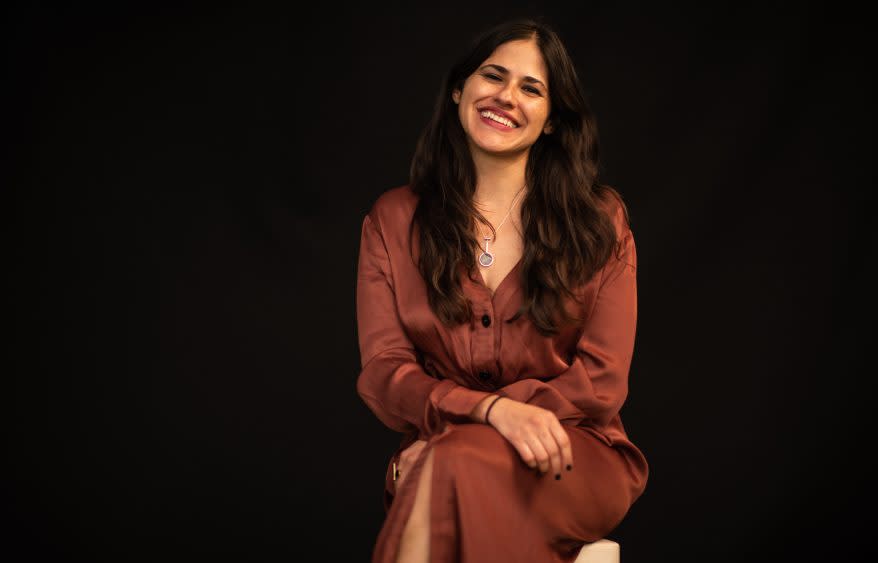
Courtesy of Hakeem Adewumi
“I have vivid memories of my grandfather Julián’s visits to my home in El Paso,” Sosa writes in a director’s statement. “He would come by bus every month from Durango, Mexico, and visit for just a day, bringing jamoncillo, chile, and Mexican candy. He would smell of earth, his hands weathered from working the land all of his life.”
Shots in the film show his calloused skin, palms and fingers deeply grooved from gripping tools over many decades. As a young man he worked construction, then later raised crops. He also labored as a “bracero” in the United States, picking cotton, strawberries, peppers and tomatoes.
“Braceros were agricultural workers brought to the U.S. from Mexico during a temporary WWII labor shortage,” Sosa explains. “While in the U.S., they were notoriously exploited for their manual labor — the word bracero means ‘one who works with his arms.’”
Manual labor left its mark on his hands. His face, though — its richly weathered topography — owes something not only to that work, but also, presumably, to the weight of other experiences. Julián speaks in the film of losing his wife Lidia to illness when she was just 39, and raising their seven children on his own.
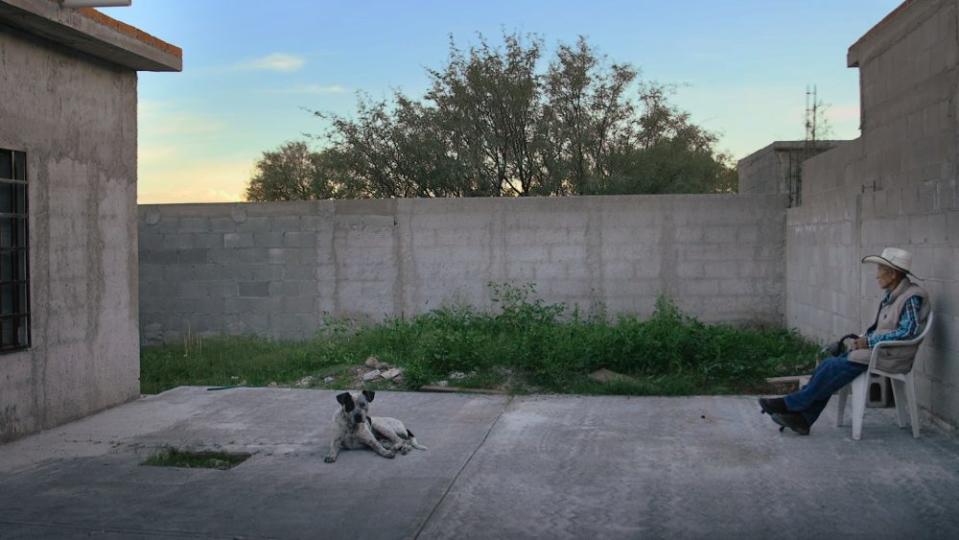
In the film he tells his granddaughter that once, many years earlier, he asked God “to let me live to 50, but no more.” He seems surprised, but accepting that fate would find him approaching 90. He says, “I never thought I’d live this long… [God] made me keep going.”
Advancing age prevented him from continuing his sojourns north. So Iliana filmed with him on his land in Durango, in the process getting to know him well for the first time. Julián lived there with his son Jorge, who has been blind for much of his life.
“At first when I started filming, Julián thought I was just taking photos. He’d be like, ‘Oh, what are we going to photograph today?’” Sosa recalls over coffee at the SXSW Film Festival, where What We Leave Behind premiered. “He’d always say, ‘I want to do this. I hope it helps you. I hope it does something for you.’ We’d wake up in the mornings and he’d be like, ‘What are we going to go photograph now? ‘And he sort of became the guide too and in a way almost directing like, ‘Let’s go here, let’s do this.’ So I think he just really enjoyed it. And at one point, I remember showing him some footage and he’s like, ‘Oh, that’s me!’”
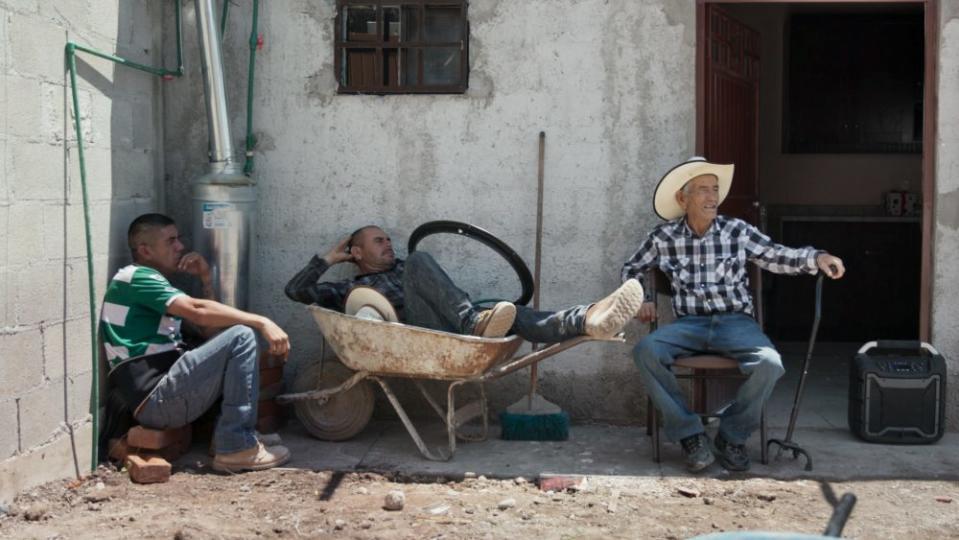
Borderchild Productions
Sosa filmed what would be the last phase of her grandfather’s life, when he built an additional home on his property for the use of his children, five of whom immigrated to the United States.
“Whoever wants it, it’s theirs,” he tells Iliana at one point. “I won’t need it for myself before long.”
“Julián is a man for whom labor and work was always just a part of his life,” notes producer Emma D. Miller, joining us for coffee along with editor and co-producer Isidore Bethel. “In some ways this was a final act of that kind of labor and that kind of work that had always defined him, only it’s also this generous act potentially for the family… There’s something very loving and also something that’s maybe about maintaining a connection to himself and his history through that process of construction.”
Bethel finds potent symbolism in the building of the home, which frames the film.
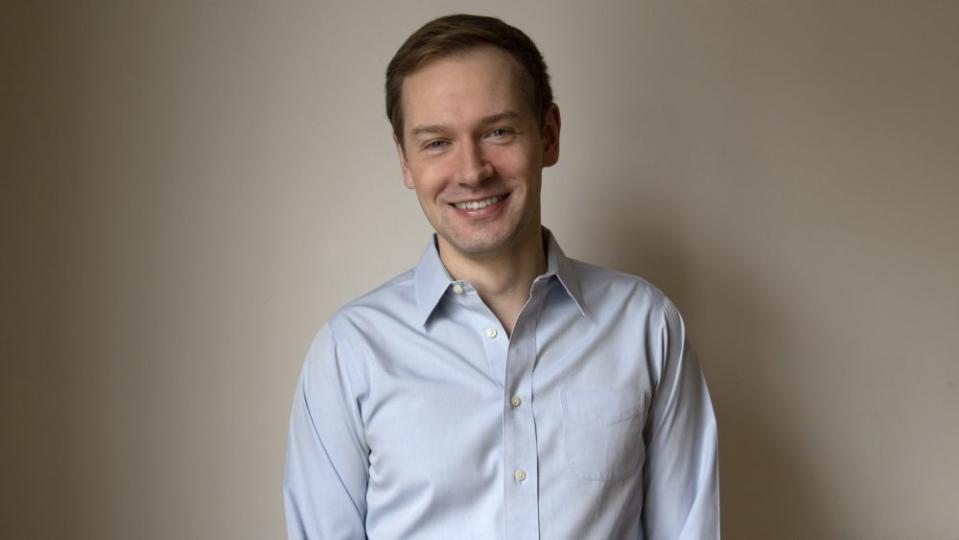
Courtesy of Mohamad Kanaan
“When I’m talking about it personally, it’s about a man who’s building a house, his granddaughter who’s building a film,” he observes, “and their ways of intersecting those two in order to build a relationship for the first time. And the house is kind of like this artistic gesture that is a container that allows a relationship to arise.”
Sosa credits Bethel for helping her find the film through their collaboration.
“Early on, I’d sit and be like, ‘I don’t know what to do with this material,’” the director says. “I watched [the footage] and would be really frustrated with myself because sometimes I’d move the camera a lot or I just wouldn’t be patient in interviews and I would be like, ‘I messed that up.’ And then [Isidore] just allowed me to see there was potential even in the messiness of it all.”
“I wrote pages and pages of notes that I sent to Iliana,” Bethel recalls. “We were very much in agreement about what we loved in the material and then what was kind of clouding our vision. From there it just became a journey for me to try to tease out what makes Iliana special from her material – so, where can I find the radiance, the warmth, the open-mindedness in her material? And it was there. It just involved sort of extending shots and letting them play out in the durations that were more endemic to Durango.”
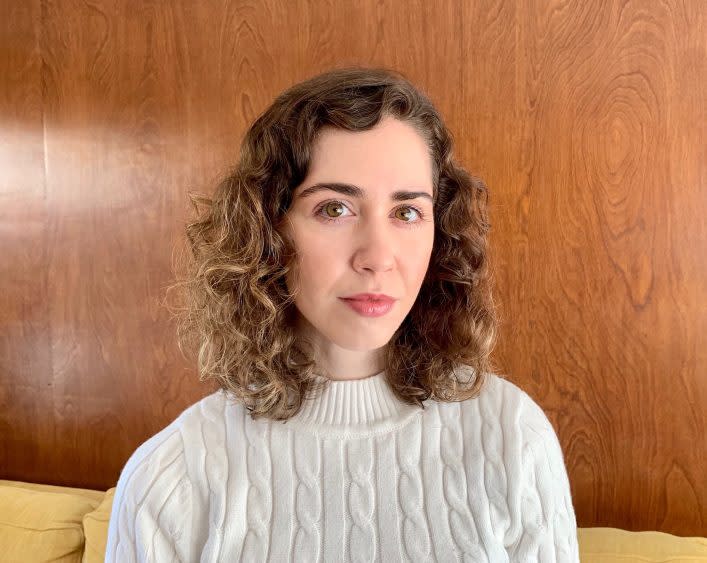
Courtesy of Colby Day
Miller adds that it was important that Iliana’s voice not be simply incidental, but somehow central to the film.
“That sort of last push in the edit was the sense of her in the material, how do we further draw that out?” Miller says. “Over a series of months [that] became the voiceover that threads through the film… so you understand that there is this person and it’s through her perspective that we’re coming to know Julián… The process of collaboratively scripting that voiceover and figuring out how does that weave through and what’s the thematic layer that that’s adding to the film was something that we all got to do together.”
The voiceover, which Sosa recorded in Spanish, pairs with the imagery to create a poetic sensation. A shot of the lavender sky at dawn plays over a reminiscence: “As a kid, my mom had dreams about a bridge that swayed in the wind like a hammock. When she left for the U.S., she crossed on what they call The Black Bridge. Her legs trembled the whole time…”
Sosa’s uncle Jorge also occupies the screen with his own kind of gravitas. Neither father nor son are men of many words.
“My grandfather’s world really oftentimes revolved around Jorge, he cared so deeply about him,” Sosa says. “And that was his fear, when he passed away, who would take care of him. Because when my grandmother died, my grandfather never remarried and Jorge and him were always together. We started to realize, ‘We can’t really tell the story of Julián without Jorge because they were inseparable.’”

Courtesy of Chelsea Hernandez
At SXSW What We Leave Behind won two juried prizes, including the Louis Black “Lone Star” Award that honors a film shot primarily in Texas or directed by a current resident of Texas (Sosa is based in Austin), and the Fandor New Voices Award that goes to “a female or person of color who is making their directorial debut with a Narrative Feature or Documentary.”
Shortly after debuting at SXSW, the documentary played at the Museum of the Moving Image in New York, which hailed the film as “a marvel of presence, filled with gorgeously attentive images and casually revelatory moments born of patience and loving complicity.”
It will screen early next month at the prestigious Full Frame documentary film festival in Durham, North Carolina.
“Through the spring and summer, there’s going to be a number of festivals that we’re screening at,” Miller comments. The film is an acquisition title. “The plans for wider distribution are still underway, and we’re now piecing that together.”
Miller says the team wanted to unveil the film at an in-person festival.
“That was really, really important for this film where Iliana had been on this journey, making it for so long and it being such a personal film,” she notes. “I feel like it’s the sort of thing where you want to share space together and watch it.”
Sosa says it was a remarkable experience to premiere the film at SXSW before a live audience.
“It was so incredible… I can’t put words to it,” she says. “I’ll never forget that night.”
Best of Deadline
TV Cancellations Photo Gallery: Shows Ending In 2022 & Beyond
What's New On HBO Max For March 2022: Day-By-Day Listings For TV Shows & Movies
Sign up for Deadline's Newsletter. For the latest news, follow us on Facebook, Twitter, and Instagram.

